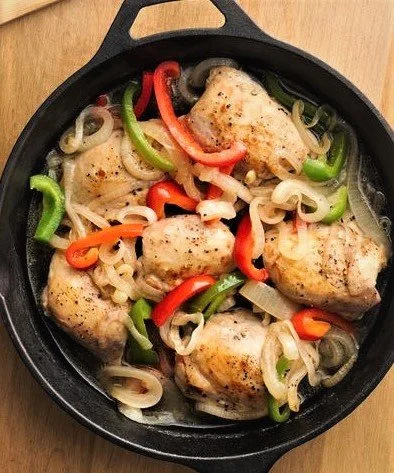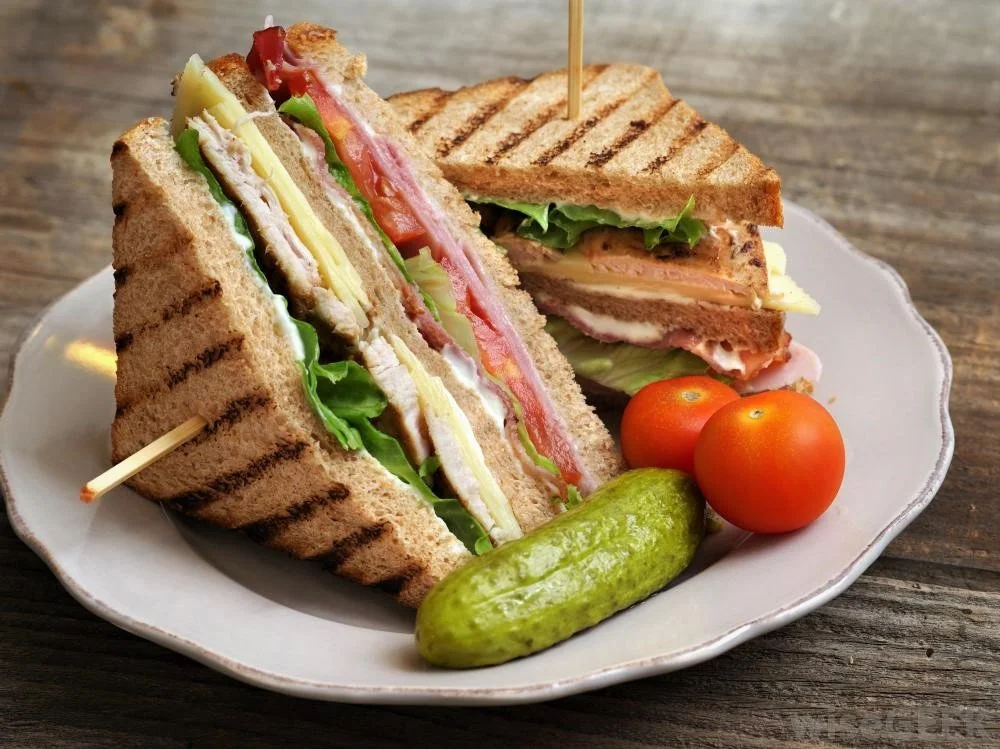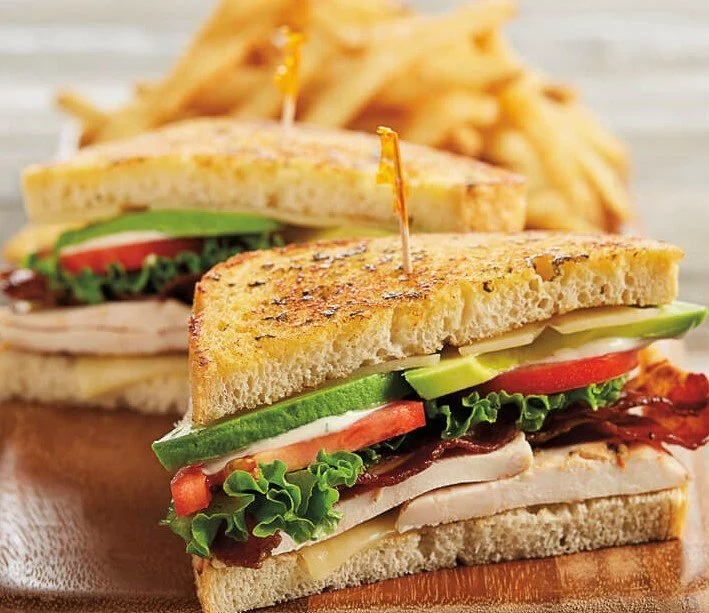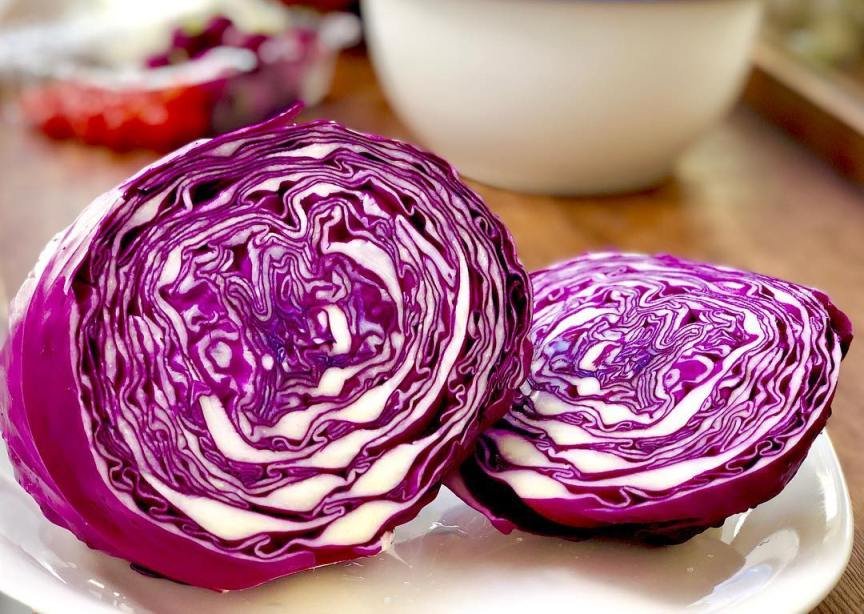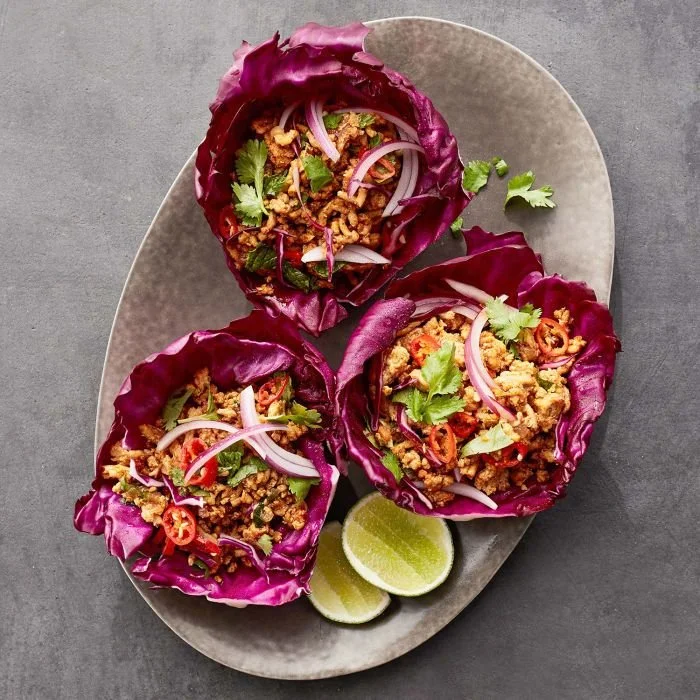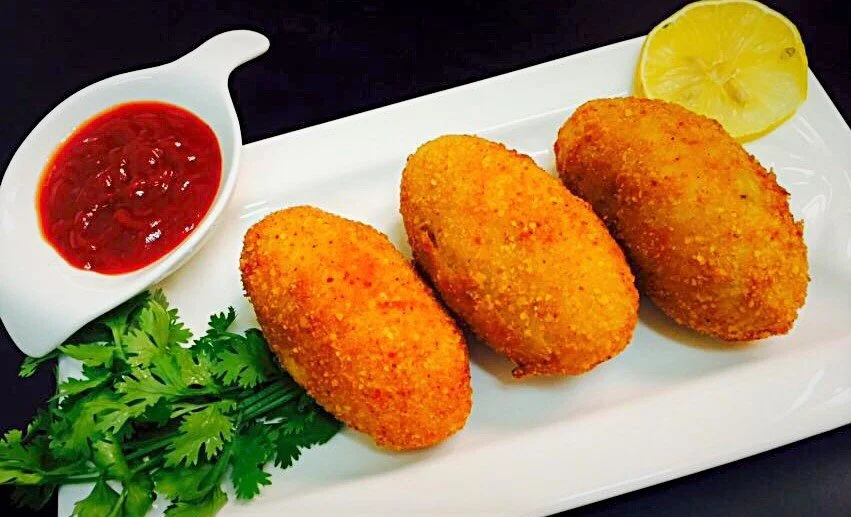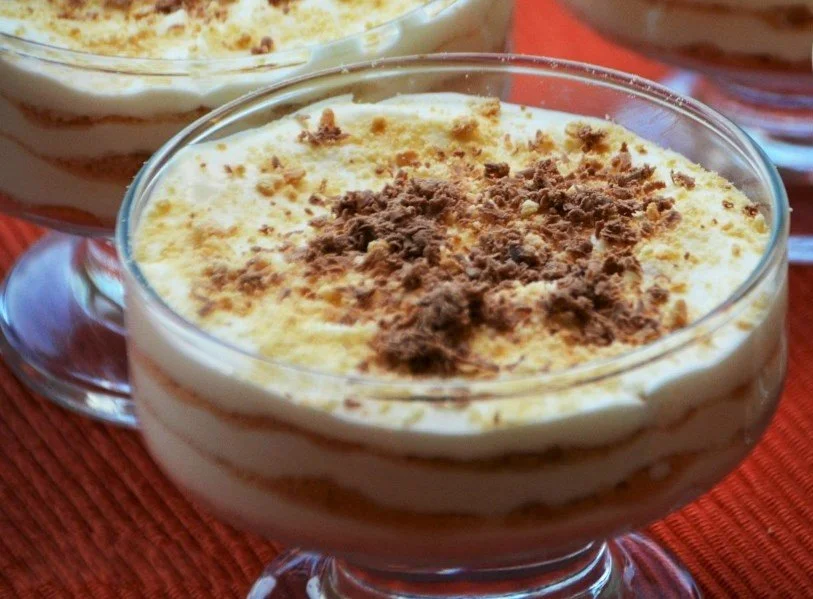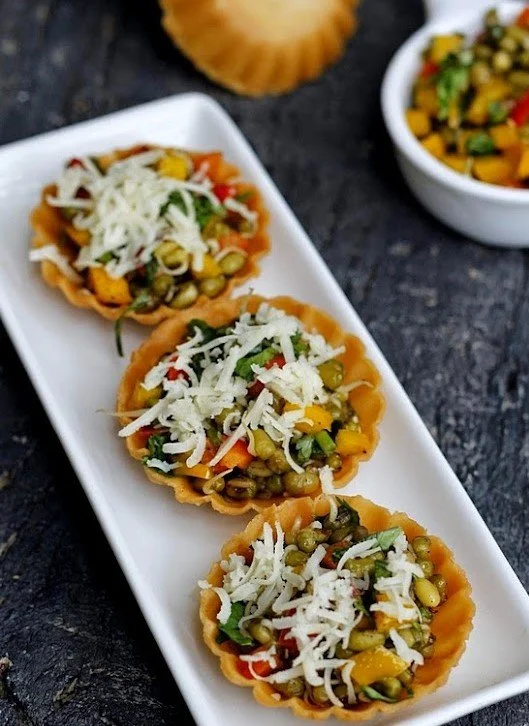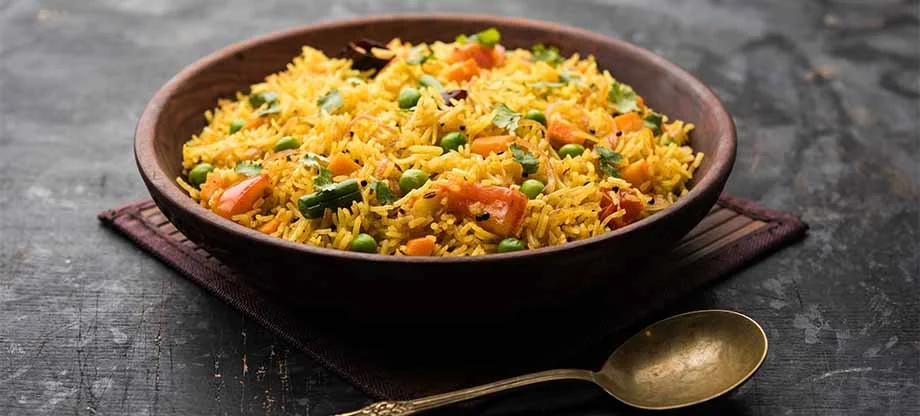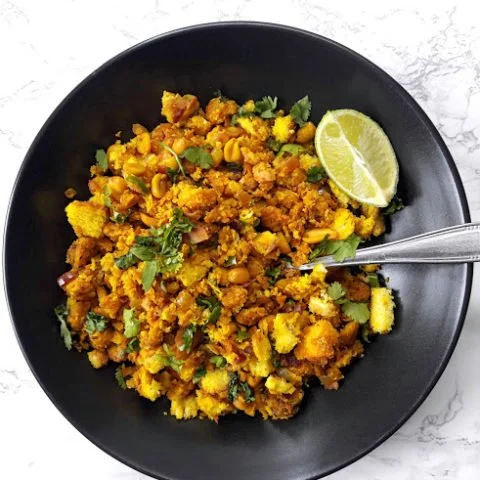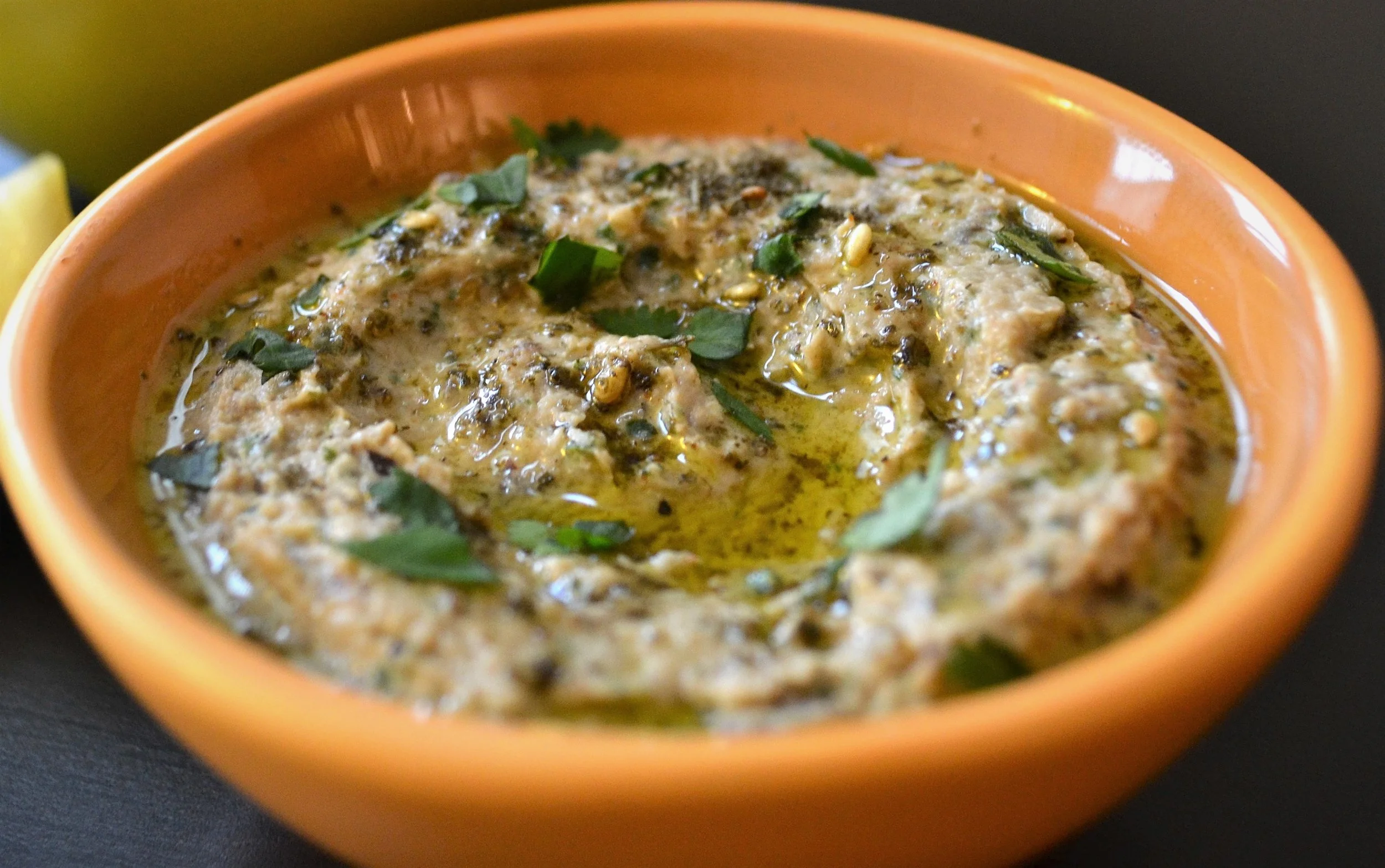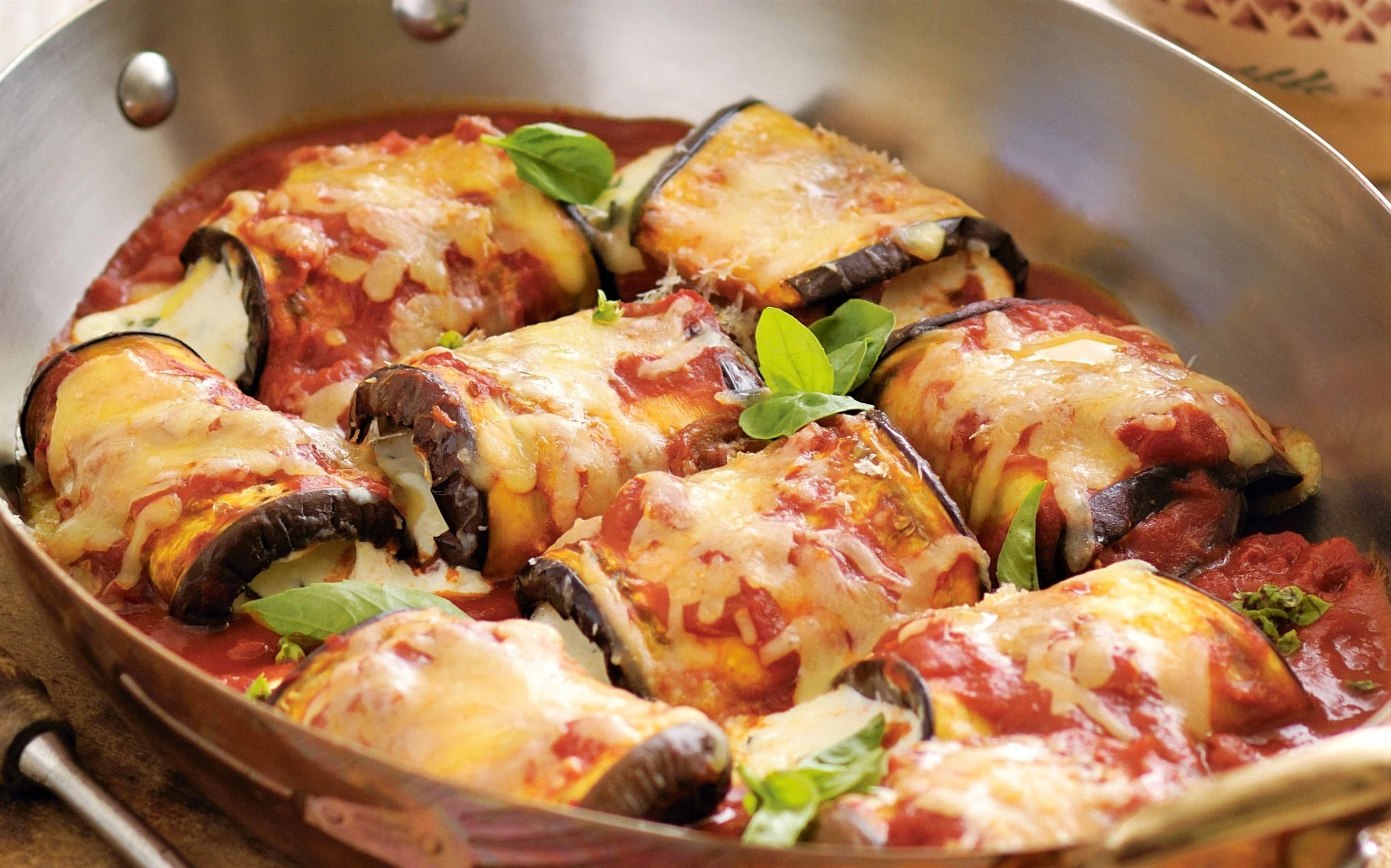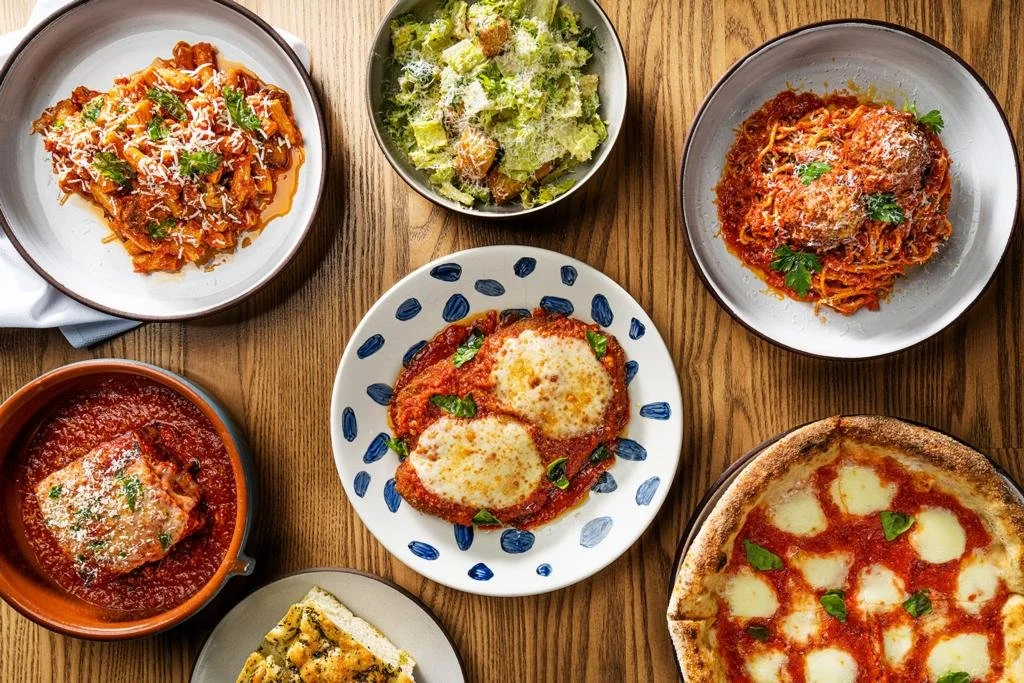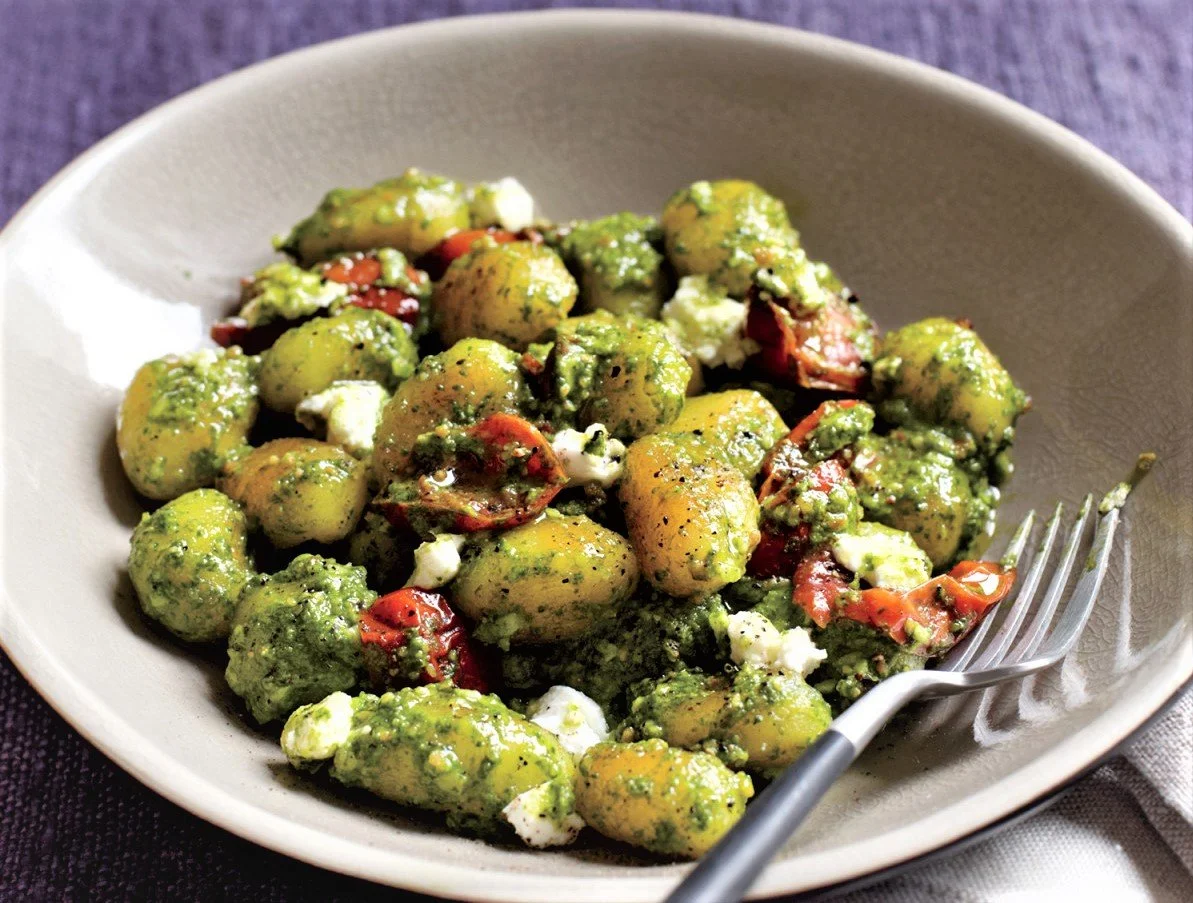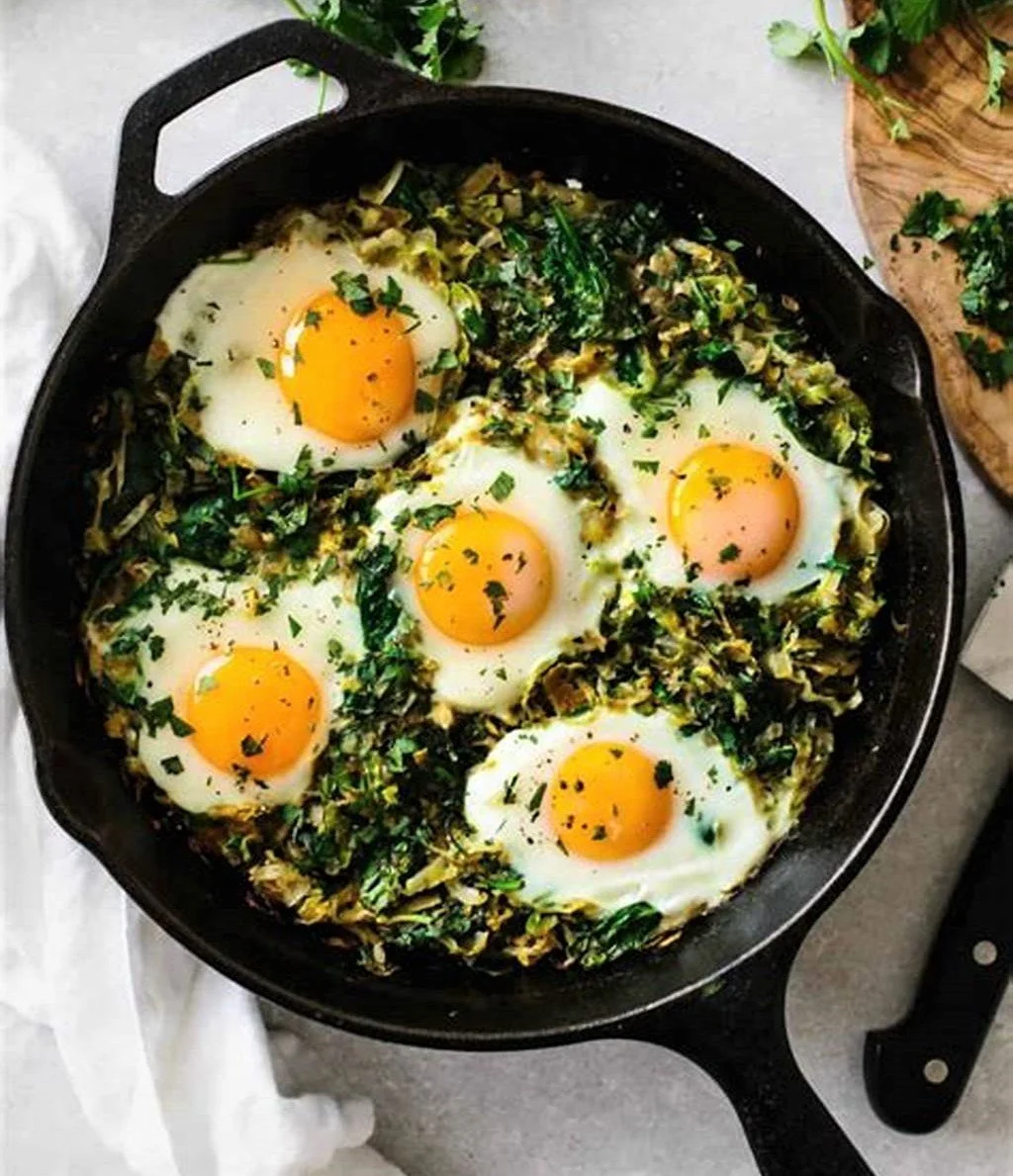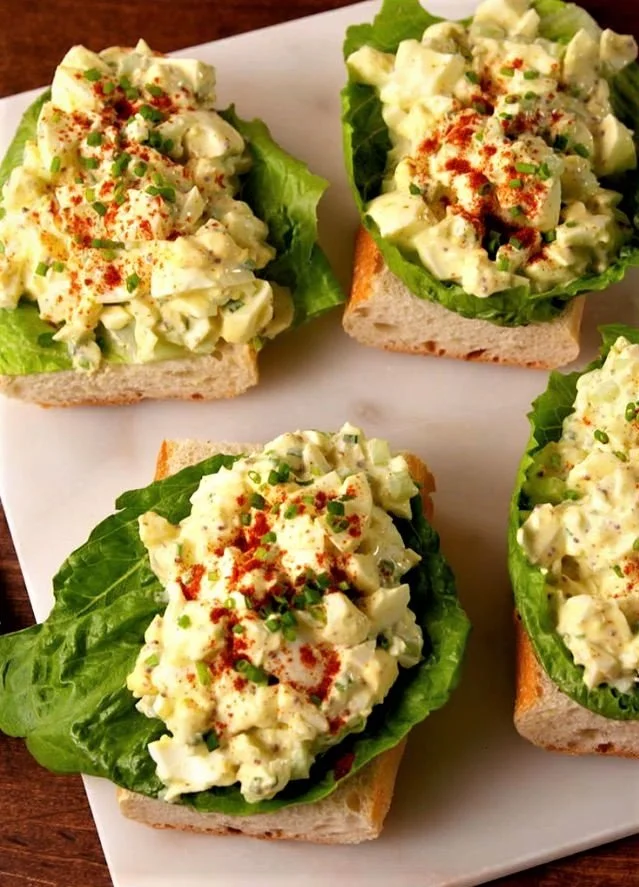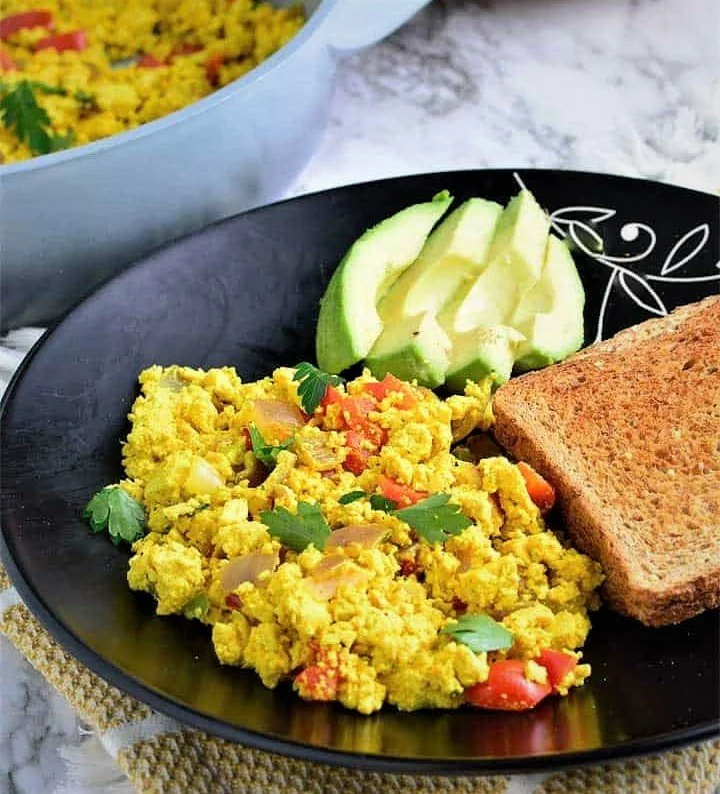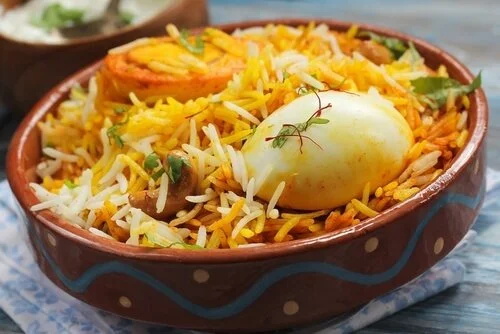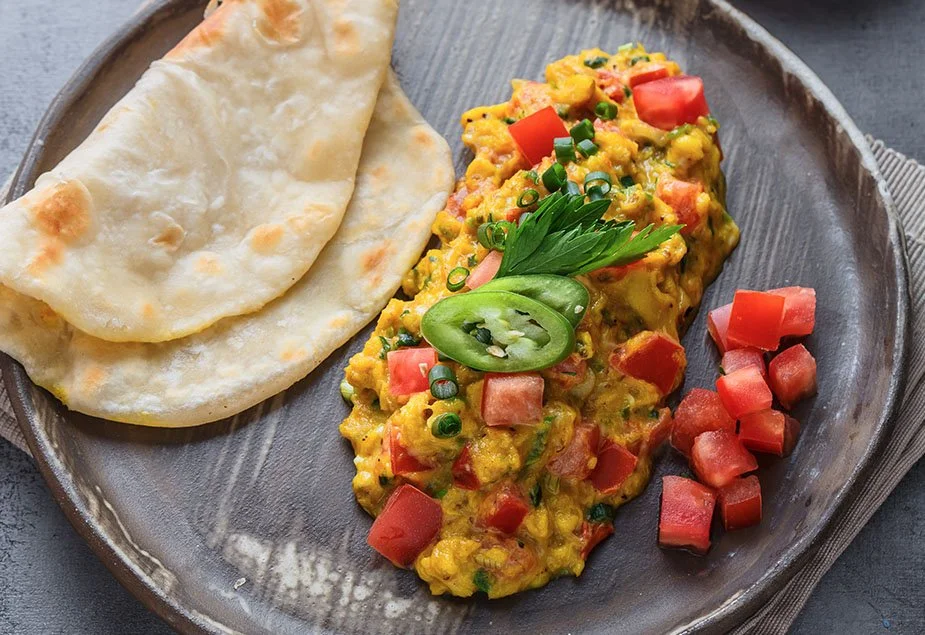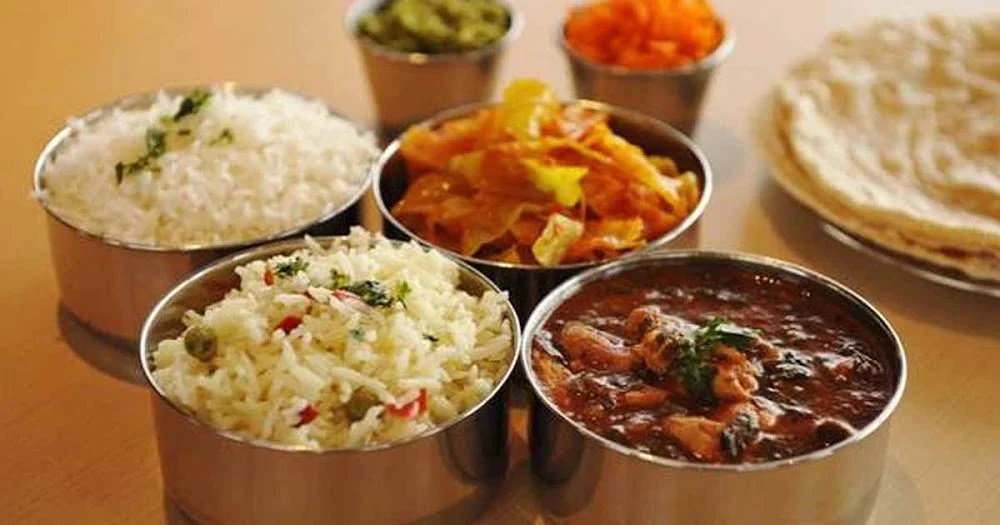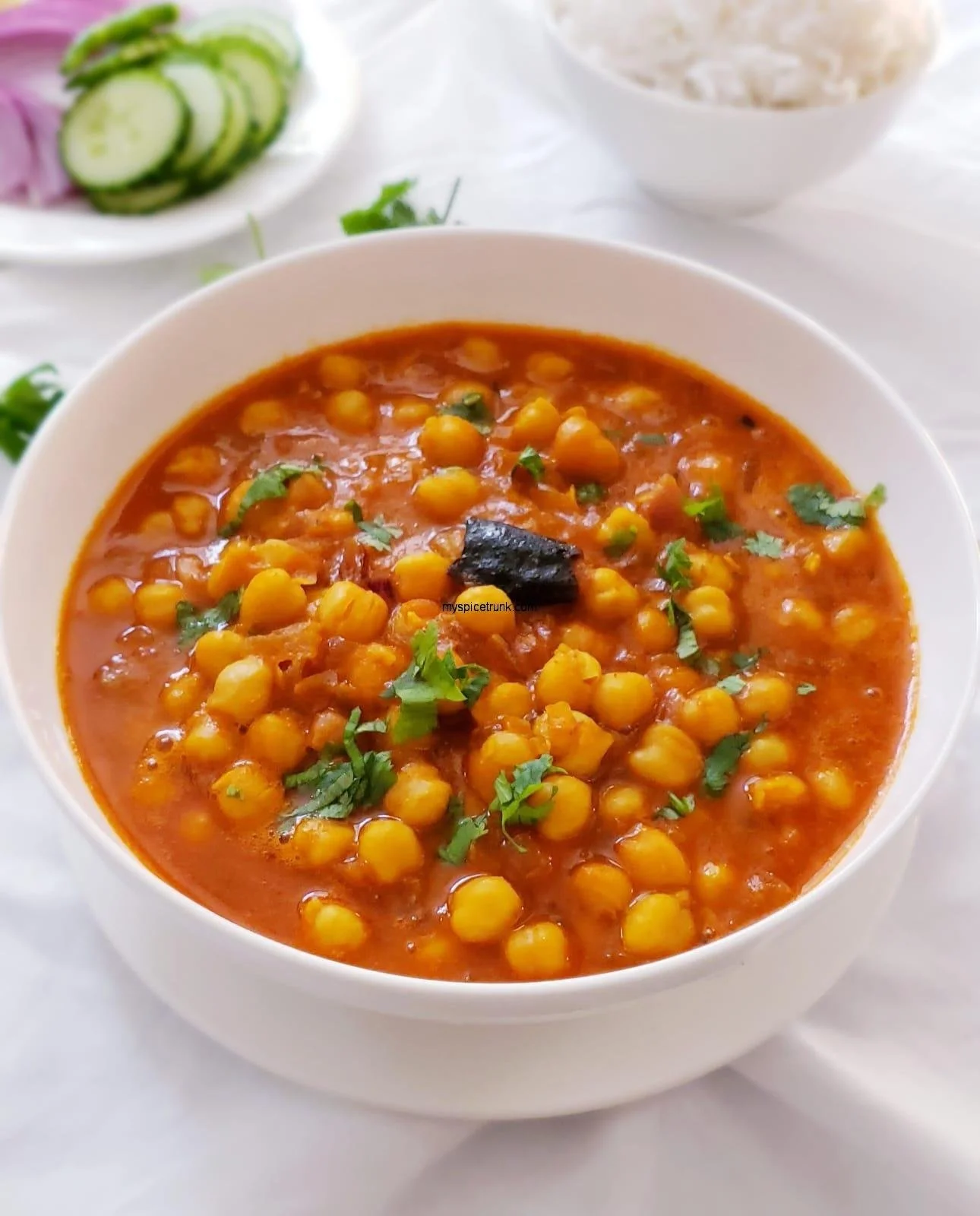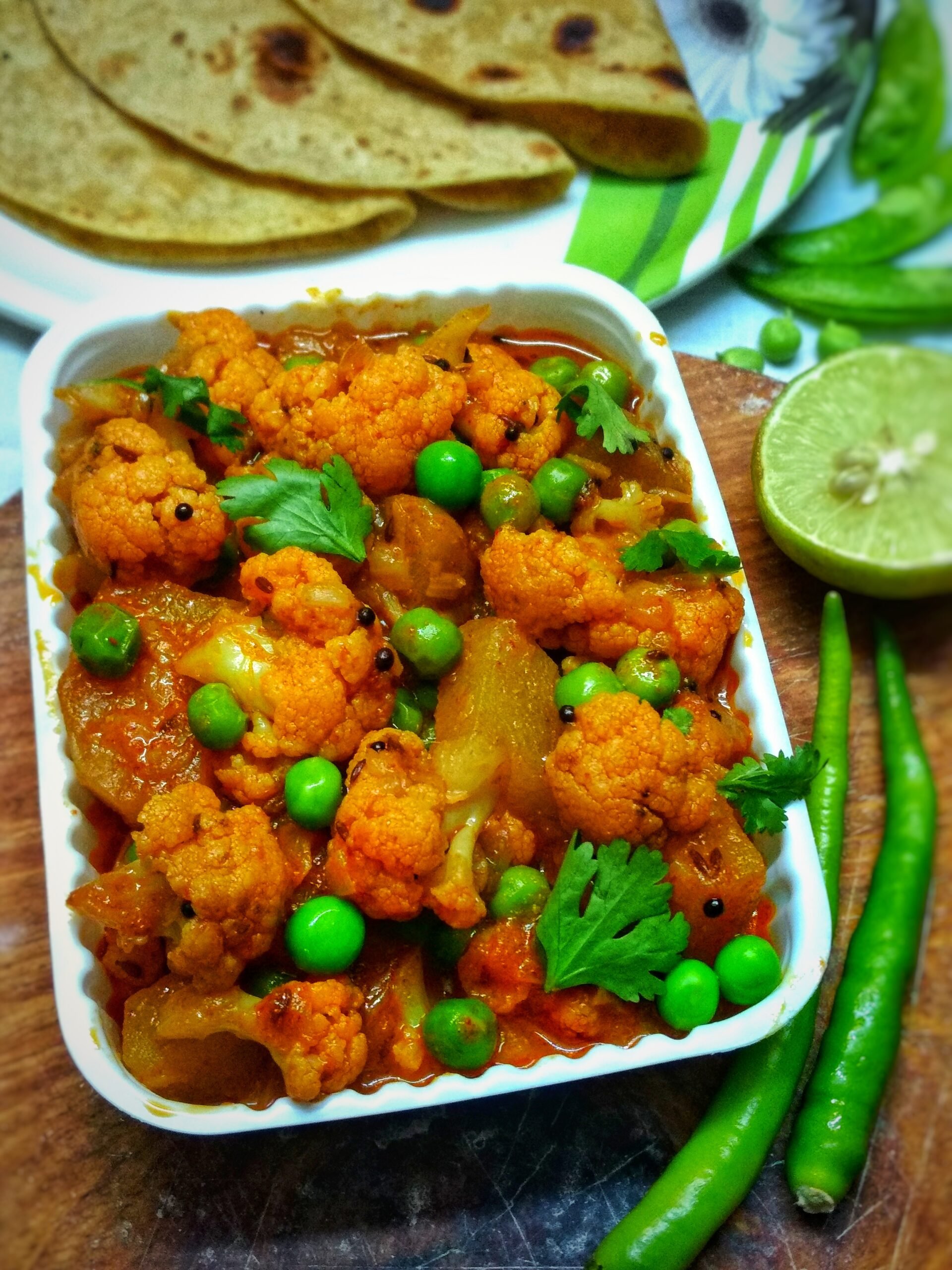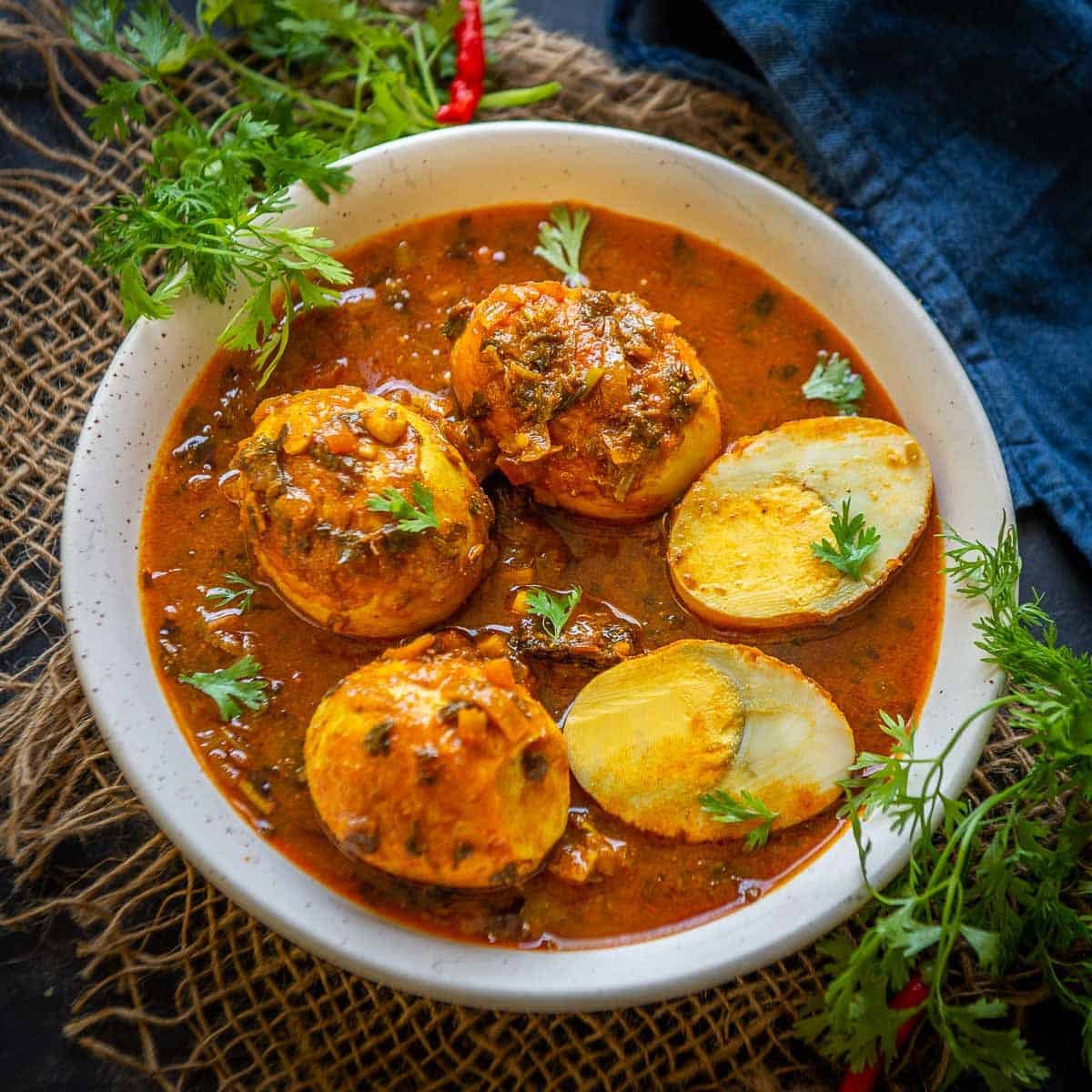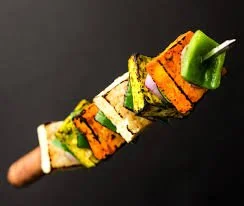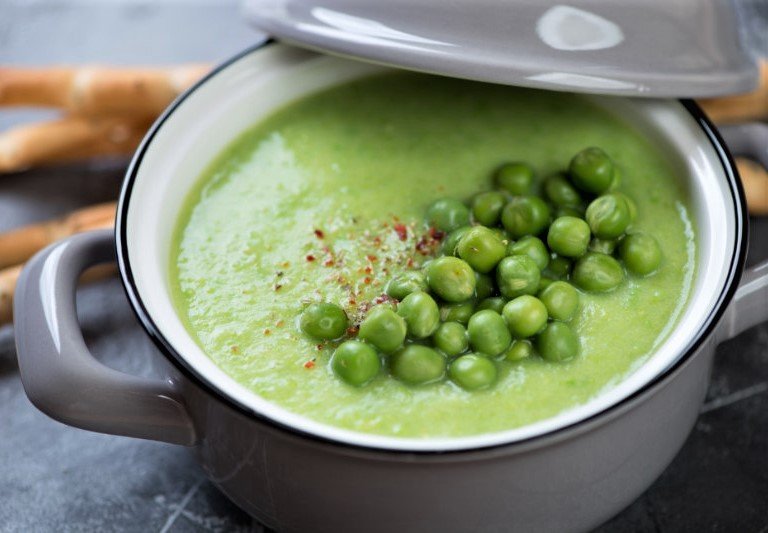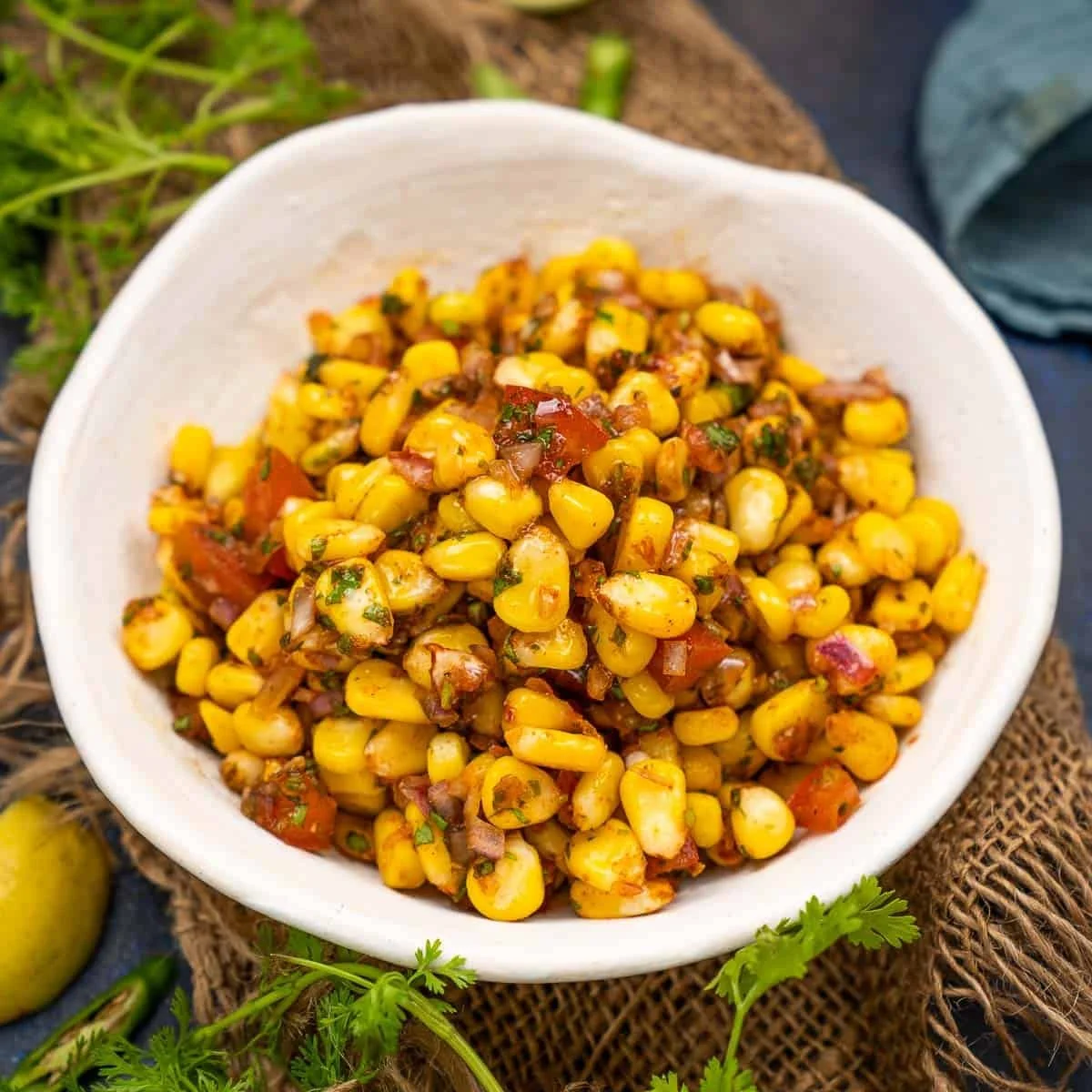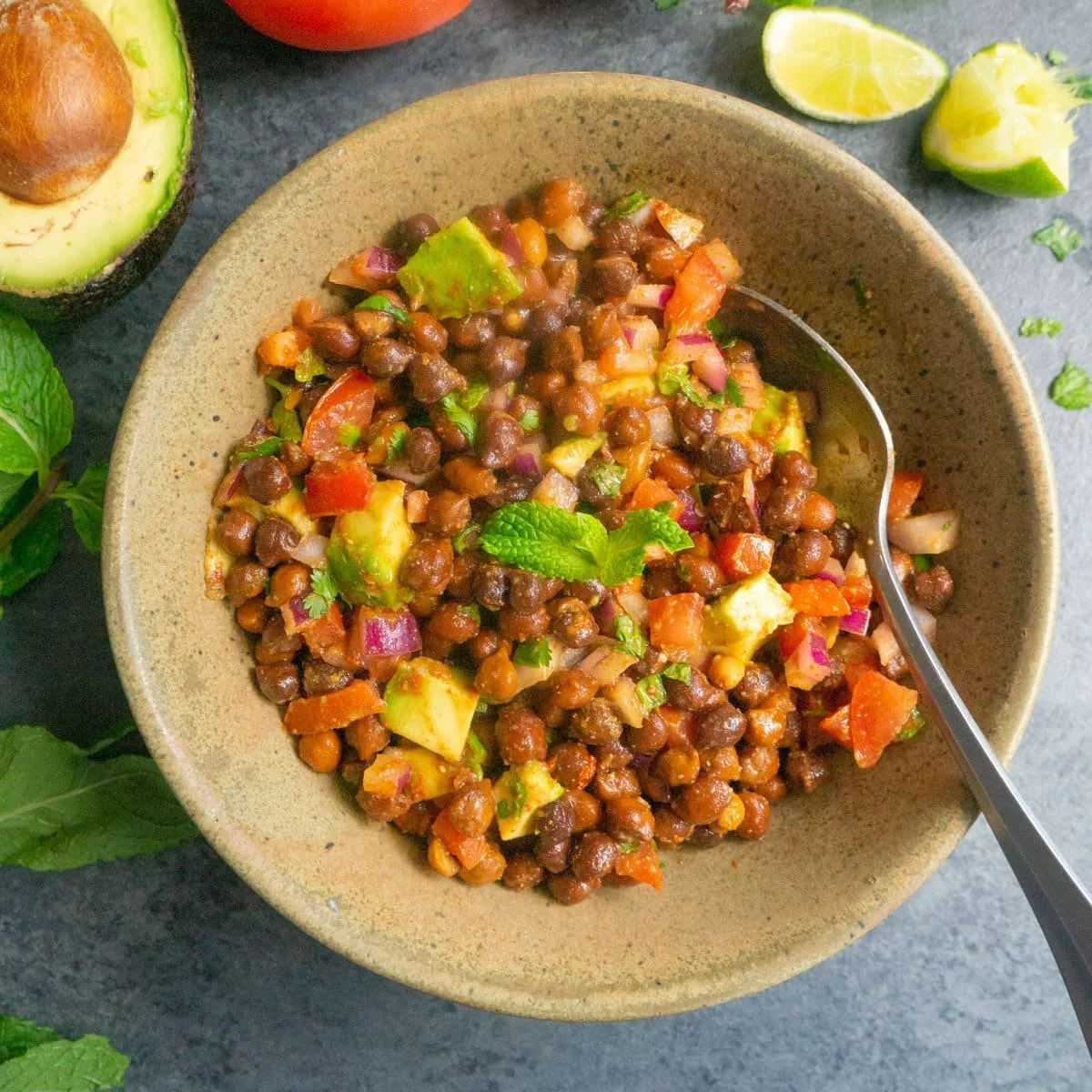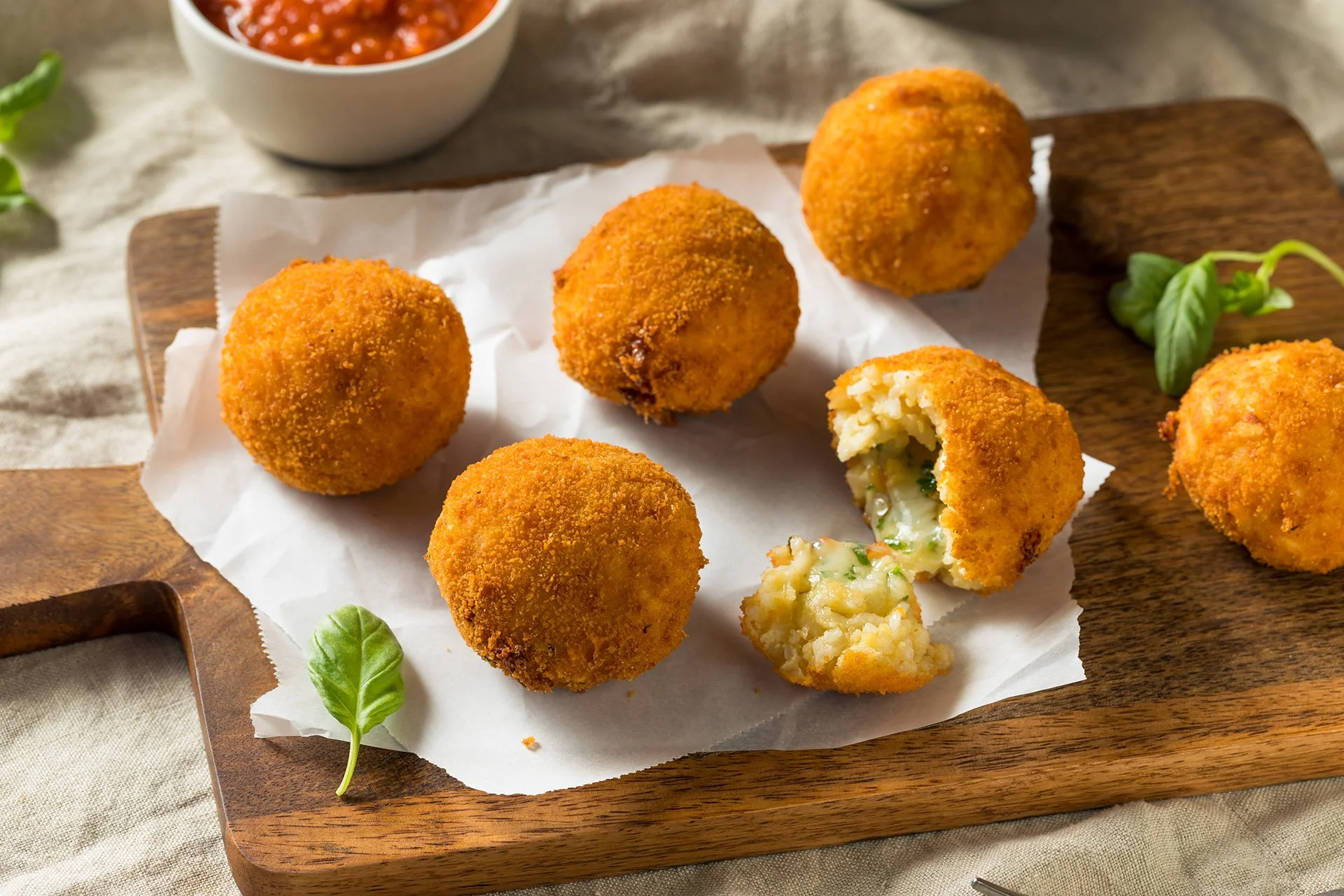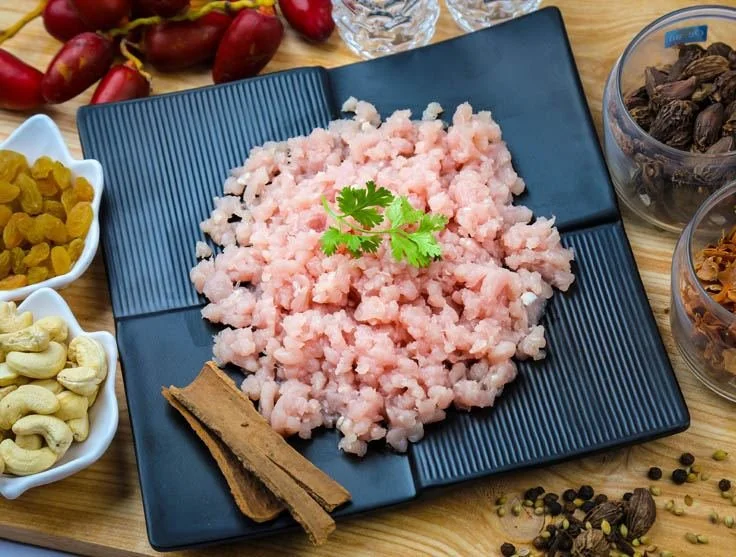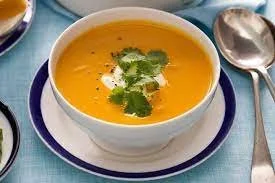Ingredient Ideology | Continental Chicken Delicacies By: Dr. Kaviraj Khialani – Celebrity Master Chef.
/Food and its traditional heritage from various parts of the globe is an absolute pleasure to try and especially when it comes to french cuisine it has been the pioneer and the very first one to set standards of taste and flavor with minimal use of ingredients yet creating world famous delicacies to entice the palates of a number of food connoisseurs.
Continental cooking is not only adaptable, easy to do but also full of flavors which are masked by over spicing and confusing the real taste of the ingredients which usually is preferred by those who look for simplicity and clarity on what is must be on the plate. The choicest use of herbs, seasonings, wines and other basic ingredients have been there among us since a long time now and we must try indulging into these recipes too for a change!
Do try out these chicken recipes with variations for the vegetarians as well with a twist of taste and a continental finesse attached:
Recipe-1] CHICKEN AFRICANDER
Ingredients
750 gms chicken thighs/drumsticks
2 tsp oil
2 tsp butter
2 bay leaves
3-4 peppercorns
1 sliced white onion
1 green/red/yellow capsicums cut into strips
Salt and crushed black pepper to taste
1 tsp French mustard/ mustard paste
500-750 ml chicken stock/ water
2-3 tbsp. white wine
2 tsp refined flour/maida
1 tsp mixed herbs
1 tsp Fresh thyme/ parsley as available can be used for more flavor.
Method: cut, clean, wash and pat dry the chicken thighs/drumsticks as being used. Ideally the cuts of chicken are used with the skin and bone on which can be a matter of choice. In a mixing bowl add little oil and mustard paste, salt, pepper, herbs, wine and mix well. Add the chicken pieces and mix well in the marination and keep refrigerated for 20-30 mins. Meanwhile prepare chicken stock using either chicken bones with some onion, carrot, celery, bay leaves and peppercorns steeped in water and simmered for around 20-25 mins or else we can also use the readily available chicken stock cubes as well 1-2 cubes should be good if being used. Heat oil and butter in a pan and saute the garlic, onions, add in the bay leaves and peppercorns followed by the marinated chicken pieces and saute it all for 2-3 mins, add the flour and saute for 30 seconds, add in the stock or cubes plus water enough to cover the chicken pieces in the pan. Cover and cook for 6-8 mins on a medium flame. Add in the capsicums and cook for another 5-8 mins until just done. Add fresh herbs like parsley etc and serve the preparation with warm bread rolls and butter.
*Chefs Variations: the same recipe can be done using paneer, tofu, soy chunks in combination with fresh veggies like carrots, sweet potatoes, pumpkin, beans, zucchini etc. using wine is also optional when we do it veg.
Recipe-2] SAFFRON CREAM CHICKEN
Ingredients
750 gms chicken drumsticks/thighs ideally with skin
2 tsp olive oil
2 tsp butter
1-piece cinnamon stick 1 inch
2-3 green cardamom
1 tsp sliced garlic cloves
1 no white onion chopped
Salt and pepper to taste
2 tbsp. saffron solution soaked in ¼ cup warm water/milk using around 6-8 strands of saffron.
2 tsp refined flour
500 ml chicken stock
2-3 tbsp. white wine.
2 tsp assorted fresh herbs- thyme/parsley
Or use ½ tsp mixed herbs
1 egg yolk mixed with 3 tbsp. fresh cream to be used to finish off the sauce.
Micro-greens/ sliced pistachios/slivered almonds etc for garnish.
Method: prepare the chicken cuts and in a mixing bowl apply a basic marination of oil, salt, pepper, mixed herbs some white wine and mix well keep refrigerated for 20-30 mins. Heat oil and butter in a pan and saute the spices and garlic, onions until translucent for 1-2 mins. Add in the chicken pieces and saute them on a high flame for a minute and add in the flour cook for 30 seconds, add in the stock and allow the chicken to cover up and cook for 10-12 mins on a medium flame. Add in some more seasonings to taste and reduce the flame to low and then slowly add in the egg yolk and cream mixture and very slowly blend it into the chicken and the gravy, also add in the saffron solution and cook on a low flame for 3-4 mins more. Finally check for taste add garnishes as desired and enjoy this recipe with steamed rice or french bread.
*Chefs Variations: for the veg options in this case I recommend to use veg cutlets which can be prepared using carrots, beans, potatoes, yam or sweet potato as well, shallow fry them and top it up with the saffron cream sauce, avoid the egg in the final touch to the sauce and serve.
Recipe-3] SAUTE CHICKEN MADAGASKAR
Ingredients
750 gms chicken legs/ thighs/ drumsticks
100 gms sliced chicken sausages/ sliced salami
2 tsp oil
2 tsp butter
2 tsp garlic chopped
1 med sized onion chopped
2-3 bay leaves
1 tsp mustard paste
3-4 black peppercorns
Salt and pepper to taste
2-3 tbsp. white wine
½ tsp mixed herbs
2 tsp maida/refined flour.
500-700 ml chicken stock/water
1 cup fresh tomato puree
1 cup carrots and potato cubes
2-3 tbsp. chopped celery
2 tsp chopped parsley
Method: clean, wash and pat dry the chicken pieces as being used and ideally we make it with the skin on for more flavor and taste. Prepare a basic marination with a little oil, mustard paste, salt, pepper, few herbs and wine and apply on the chicken pieces and keep in the fridge for 20 mins. Heat little oil and butter in a pan add in the bay leaves, peppercorns, garlic, onions and saute until lightly browned, add in the chicken pieces and lightly brown them as well in the pan and then add celery, flour and cook for 30 seconds followed by the tomato puree, carrots and potatoes some more seasonings and herbs to taste along with sliced sausages and stock/water enough to level up the chicken and veggies and cover, simmer for 18-20 mins. Check for taste and adjust accordingly and serve hot garnished with fresh herbs, this recipe goes well with a onion pilaf rice or steamed herbed bread rolls or garlic bread.
*Chefs Variations: to prepare this recipe in the veg option I tried the same with grilled tofu slices, sliced baked sweet potatoes, cottage cheese cutlets can be served with this sauce as well, also using assorted veggies like broccoli, shitake mushrooms, water chestnuts, bamboo shoots, sprouts and pumpkin the same recipe turns out well.
Recipe-4] CHICKEN WITH CARAMELISED ONION SAUCE
Ingredients:
750 gms chicken curry cuts or breast pieces ideally.
For the marination:
2 tsp olive oil
2 tsp lime juice
1 tsp mustard paste
Salt and pepper to taste
2 tbsp. white wine
½ tsp thyme/ parsley/mixed herbs
For the stuffing of the chicken breasts:
1 no red/green capsicum finely chopped
¼ cup grated mozzarella/parmesan cheese
2 tsp parsley, chopped.
To prepare the sauce:
1 tsp oil
1 tsp butter
1 tsp chopped garlic
2 small white onions sliced
Salt and pepper to taste
2 tsp maida
500 ml chicken stock/water
½ tsp mixed herbs.
Method: prepare the chicken breast pieces slit them horizontally open to create a pocket and apply the marination as mentioned and keep refrigerated for 20 mins. Meantime combine together the ingredients for the stuffing and place it inside the slit chicken breast pieces and place it on a greased baking tray and cook it in the oven for 15-18 mins at 160 degrees Celsius and remove, keep aside. To prepare the sauce heat oil and butter in a pan add in the sliced onions and brown them to a nutty golden color, add in the garlic and herbs and saute for a few seconds, add some refined flour, cook for 30 seconds add in the chicken stock or water and thicken up the sauce a little. For plating the recipe arrange the stuffed chicken breasts on the dinner plate and top with some caramelized onion sauce and place some buttered vegetables like potatoes, carrots, blanched beans on the side and serve it as a main course with some freshly baked bread.
*Chefs Variations: the similar concept of stuffing works with egg plants as well, try sandwiching marinated sliced eggplants with the same recipe and cook them in the oven and top it with the same sauce for a different taste. Also we can stuff variety of vegetables like scooped out zucchini cups, sweet potato boats can be prepared and stuffed the same way too.
Recipe- 5] FLORENTINE STUFFED CHICKEN
Ingredients
750gms-1 kg chicken pieces assorted cuts could be used.
For the marination
2 tbsp. melted butter
1 tsp chopped garlic
2 tsp honey
½ tsp mixed herbs
2 tbsp. white wine
1 tsp mustard paste
Salt and pepper to taste.
For the stuffing:
1 tsp butter
1 tsp chopped onion
1 cup blanched spinach leaves
Salt and pepper to taste
½ tsp mixed herbs
½ tsp chili flakes
1 tsp maida
2 tbsp. cheese grated.
for serving:
1 cup white sauce
Few fresh herbs
8-10 cherry tomatoes, cut.
Method: prepare the chicken cuts ideally use boneless pieces which can be slit open as desired for the recipe and apply the marination and keep refrigerated for 20 mins. In a pan saute the ingredients for the stuffing and cook for 2-3 mins and remove cool. Stuff the chicken pieces with the spinach filling and place the chicken pieces on a bed of white sauce in a baking dish. Pre-heat the oven to 180 degrees Celsius and bake the chicken recipe for 12- 18 mins or until well done. Remove and top with fresh herbs and cherry tomatoes and serve hot with sliced multi-grain bread/ brown bread/ oatmeal bread etc.
*Chef’s Variations: I would suggest to prepare this recipe with cottage cheese sliced sandwiched with the spinach filling and bake it the same way cover with an aluminum foil in order to prevent the cottage cheese getting very tough with the oven temperature. Also we can try slicing assorted veggies like bottle gourd, pumpkin slices, par boiled sweet potato slices etc to add more variety into this recipe.


